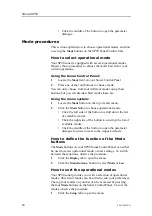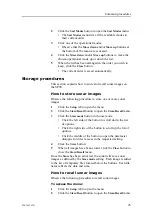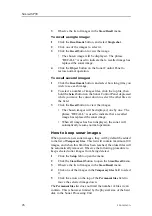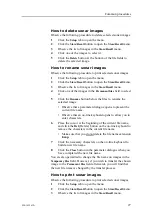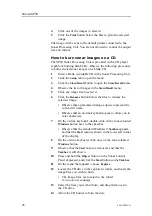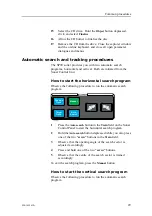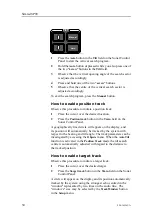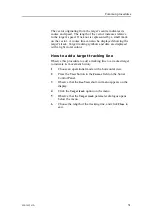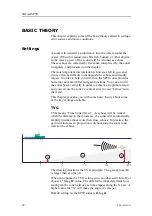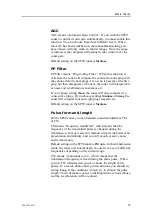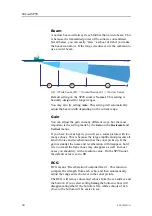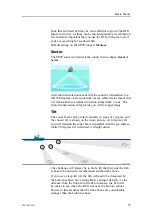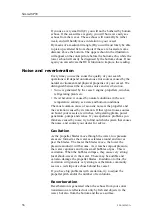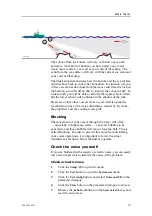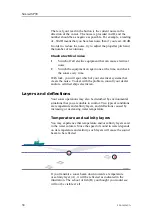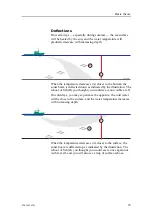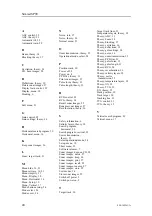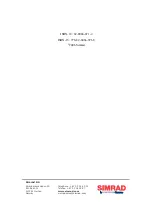
(CD015005E)
B
A
The echoes from the bottom will vary with how uneven the
bottom is, what kind of bottom you have under your vessel,
(rock, mud, sand etc.) as well as your current tilt setting. The
echo from the sea surface will vary with the current sea state and
your current tilt setting.
The illustration demonstrates how the bottom and the sea surface
return echoes back to your sonar transducer. In situation (A) you
will see several weak echoes from the waves and from the rock on
the bottom, you will still be able to identify the school of fish. In
situation (B) you will be able to identify the upper school of fish,
but the lower school will be hidden in the shadow of the rock.
Be aware of that other vessels close to you will also generate
reverberation due to the water disturbance caused by the wake,
the propellers and the cooling water spill.
Blocking
The movement of your vessel through the water will often
— especially in higher sea states — cause air bubbles to be
generated, and these bubbles will move along the hull. This is
called blocking. In order to prevent this noise from disturbing
your sonar operations, it is important to lower the sonar
transducer as far down below the hull as possible.
Check the noise yourself!
If you are bothered with acoustic or electric noise, you can easily
run a few simple tests to identify the cause of the problem.
Check acoustic noise
1
Click the
Setup
tab to open the menu.
2
Click the
Test
button to open the
System test
menu.
3
Click the
Test config
button, and select
Noise and VR
in the
parameter dialogue.
4
Click the
Close
button in the parameter dialogue to close it.
5
Observe the
Echo level
button on the
System test
menu, and
read the noise level.
850-165261/A
37
Summary of Contents for Simrad SP90 Series
Page 2: ......
Page 43: ...Index 850 165261 A 41 ...


